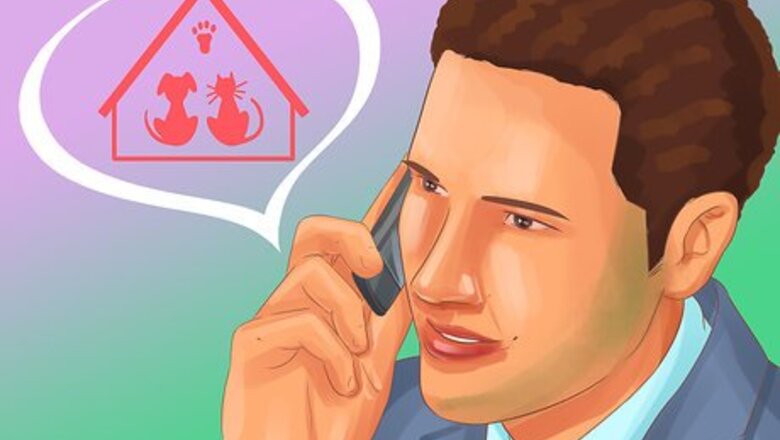
views
X
Research source
Finding a Seller

Contact your local animal shelters. Injured or orphaned prairie dogs are occasionally turned over to shelters by wildlife services. Shelters also occasionally have domesticated prairie dogs that are surrender by their owners for a variety of reasons. Go online to get contact information for the shelters in your area and give them a quick call. If you adopt from a shelter you will generally have to agree to get your prairie dog spayed or neutered by a certain date, if it hasn’t been done already. You may need to pay an adoption fee.
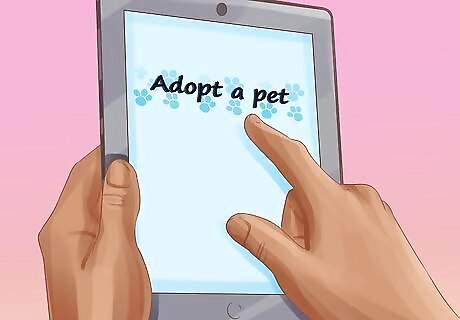
Contact local wildlife rescue organizations. Many areas with prairie dog populations also have wildlife organizations established to protect the area’s animals. These groups often maintain a rehabilitation center as part of their operations or they work cooperatively with local vets. The animals that they sell are often rehabbed after injury or abandonment. Many wildlife rescues, as well as animal shelters, now list their available animals online either on their main website or an adoption listing service. Adopt-A-Pet is a good site to see pics of rescued prairie dogs. You can search by location as well. Getting your dog via a rescue or a shelter is a humane option as it frees up more space for another animal to be taken in and cared for. Many of these organizations will also require that you surrender the prairie dog back to them if you change your mind.
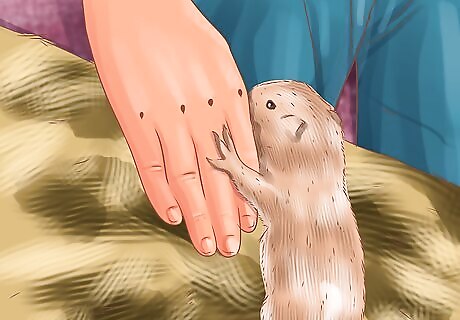
Attend an exotic pet show. These shows are held all over the world and feature dealers who are selling (or simply showcasing) their exotic pet collections. To find a show near you go online and search your location and “exotic pet show.” However, be prepared to pay a premium for your dog as dealer often charge higher purchase prices. Whether you buy from a dealer in person or online, make sure to ask about how they come upon the animals that they sell. Some prairie dogs are legally trapped while others are caught in less regulated ways and could have suffered as a result.

Search online for prairie dog breeders. There are a handful of breeders online who make a living raising and selling prairie dogs. You can find a listing by searching for “prairie dog breeders” online. Before you buy, carefully discuss the details of cost, care, and transport. Request to see photos of the particular dog that you are purchasing as well, which can help ensure that you receive a healthy animal. Make sure that you buy a young, hand-raised dog. It is best if you can have the dog in-hand before it is 10 weeks old as this is a critical bonding time for you both. Breeding conditions are often a subject of some controversy. Check online or with animal rights organizations (such as the SPCA) to make sure that your breeder is not under investigation for animal cruelty. For example, one prairie dog breeder (U.S. Global Exotics) had animals seized due to inhumane treatment.
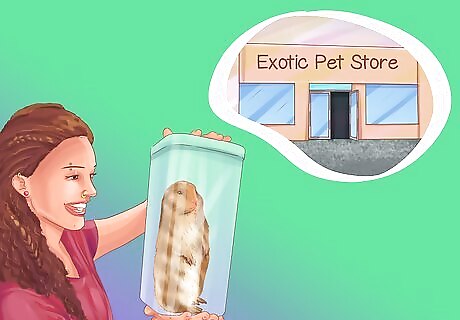
Purchase from an exotic pet store. These establishments often stock animals directly from breeders. Therefore, the best selection is to be found directly after breeding season in the spring. If you purchase a dog from a pet store you can expect to pay right around $150. Most stores offer some sort of guarantee for health as well. The price point is dependent on location too. In Japan a pair of healthy prairie dogs in their prime can sell for thousands of dollars.

Look for reviews and references. No matter which seller you choose, try to dig up some information on their past transactions. Talk to people who you know own prairie dogs and ask for seller references. Investigate your potential seller online to see if they have any negative reviews and why. This is particularly important as prairie dogs can have some serious health problems that are difficult to detect until post-purchase.
Making an Informed Purchase

Learn more about prairie dogs. Before you decide to share your life and time with a prairie dog, it is a good idea to research about them on the internet. Or, visit a pet store and talk with the employees. Make an appointment with an exotic pets vet and come with some questions to ask. You will find that prairie dogs can make great pets, but have particular requirements regarding their care. For example, you might ask the store employee, “How often are the prairie dogs purchased here returned for ill health or other problems?”

Check your state and city’s exotic pet laws. In 2003 the CDC and FDA banned the sale and importation of prairie dogs due to concerns about the spread of Monkey Pox. This ban was lifted in 2008, but some sate and local restrictions remain. Contact the FDA and CDC for clarification regarding which exotic animal laws could impact your ownership.
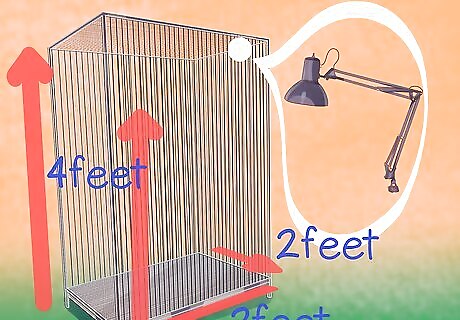
Assess your ability to provide short-term care. Your prairie dogs will require a sizeable cage (at least 2'x2'x4') as well as nesting materials. They will need you to supply a regular diet of vegetation and grain supplements. It is also best if you set-up a lamp to provide vitamin D. All of this takes effort in the immediate sense so you want to be prepared for the added responsibility.
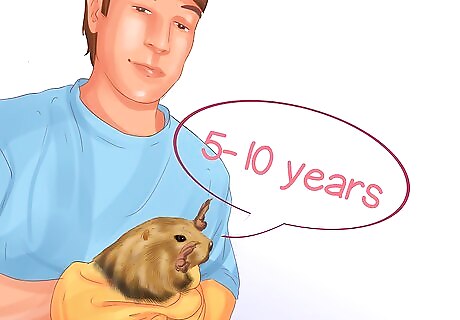
Assess your ability to provide long-term care. Prairie dogs typically live between 5-10 years. Therefore, your purchase should be seen as a lengthy commitment of care. Ask yourself if you can envision feeding and watching out for your dog years down the line.
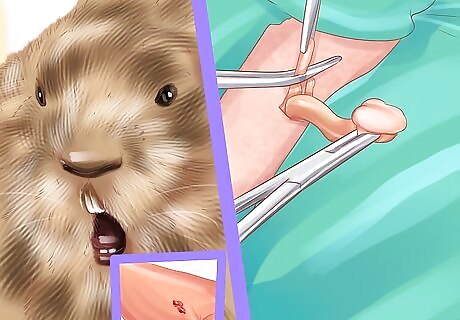
Understand the potential behavioral dangers. Prairie dogs are typically well-natured, if feisty, little creatures. However, they can cause a fair amount of pain and physical damage with their bite. Their front teeth are extraordinary sharp and can cut through even a thick pair of gloves. You’ll want to decide if you are comfortable working with these occasionally outbursts. Think about what you will do when bitten. Your immediate response may be to fling your hand, but you can kill your prairie dog in the process. It is better to carefully pry the dog’s jaws open. Sexual maturity often triggers violent impulses in prairie dogs. Plan to spay or neuter your dog by 9 months to avoid these issues.
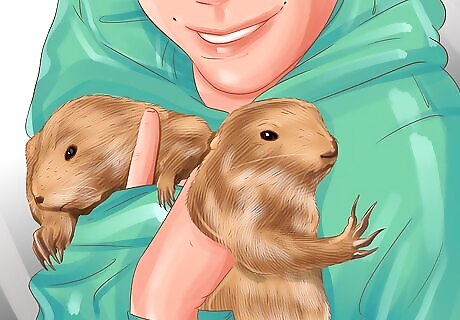
Consider buying a pair. Prairie dogs are very social animals and they yearn for the interaction provided by living in a group. You might want to buy two dogs at once to keep them in good spirits and create a more pleasant ownership experience. This is especially the case if you will not be able to provide consistent interaction throughout the day with your dog.

Be aware of the costs. As with any animal, the costs associated with care can quickly add up. The purchase itself will be around $150 and spaying or neutering can run between $50-200. Then you need to budget for the cage and materials purchase, food, vet treatment, possible medicines, treats, and toys. Make sure that you have the funds to sustain care into the long term as well.
Preparing for the Arrival of Your Prairie Dog
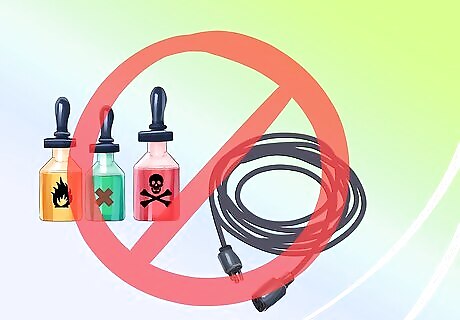
Remove all home hazards. Prairie dogs love to get into trouble and they also love to chew things. Make sure to hide all of your electrical cords. Put up any toxic chemicals. Ensure that the cage is not in an area that is heated by the sun and could cause burns.
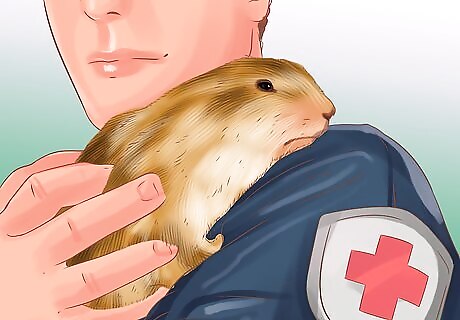
Choose a veterinarian. As you look for a seller, make sure to locate a veterinarian in your area as well. You will most likely need one that caters to exotic animals and perhaps they will have a specialty in prairie dogs or rodents in particular. If you wait until your dog needs to be treated, there could be a delay in care. an exotic animal veterinarian can also treat or monitor your prairie dog for some common concerns such as heart disease and obesity.
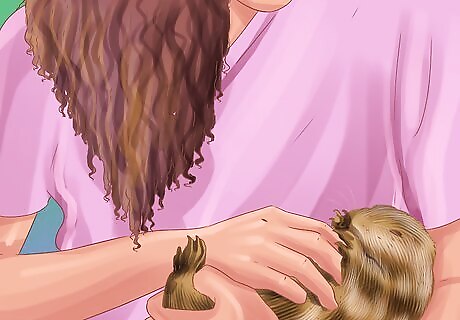
Create a care schedule. Be prepared to spend at least one hour every day interacting and playing with your prairie dog. If you leave them in a cage you risk them becoming anti-social and depressed. You will need to spend at least double that amount of time in the first week or so as your dog adjusts to its new environment.
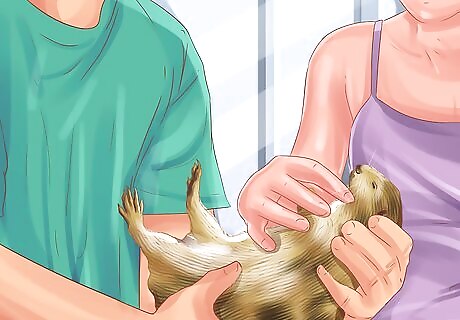
Develop an “it isn’t working out” plan. Carefully consider the possibility that prairie dog ownership may not end up being for you. If this is the case, what will you do? Will you return the dog to the charity that you purchased it from? Be aware that you can’t simply turn your prairie dog loose in the wild. Domesticated dogs are ill equipped for surviving in the wild and will often perish if uncared for.




















Comments
0 comment